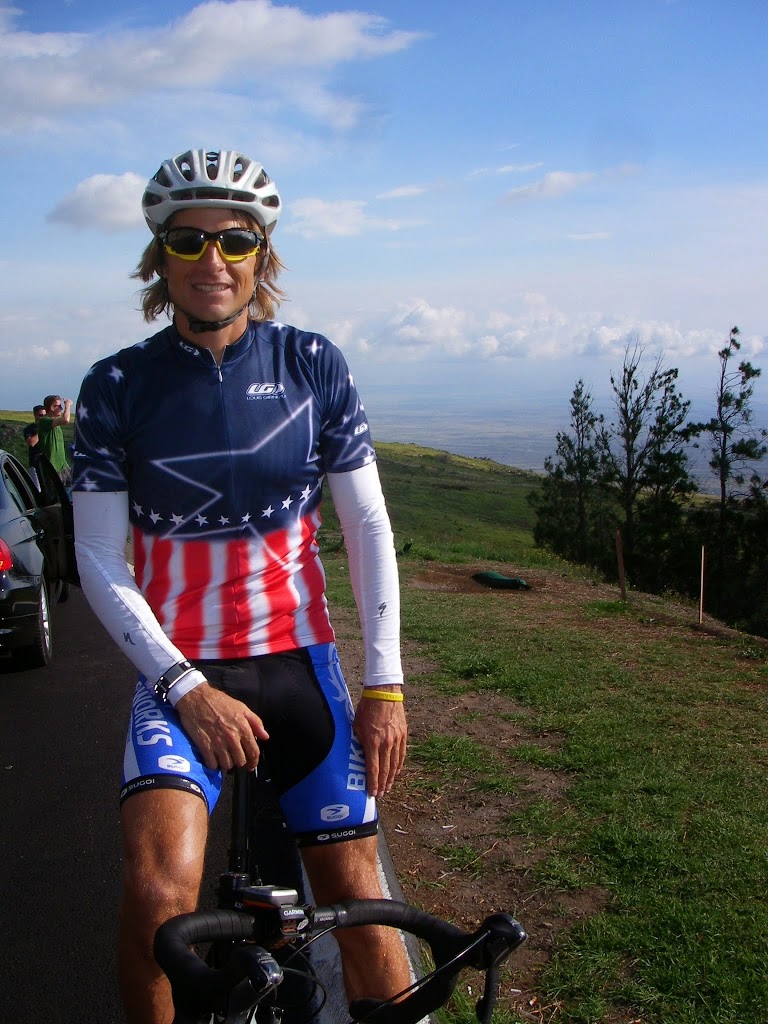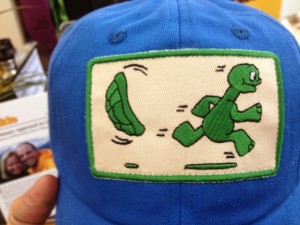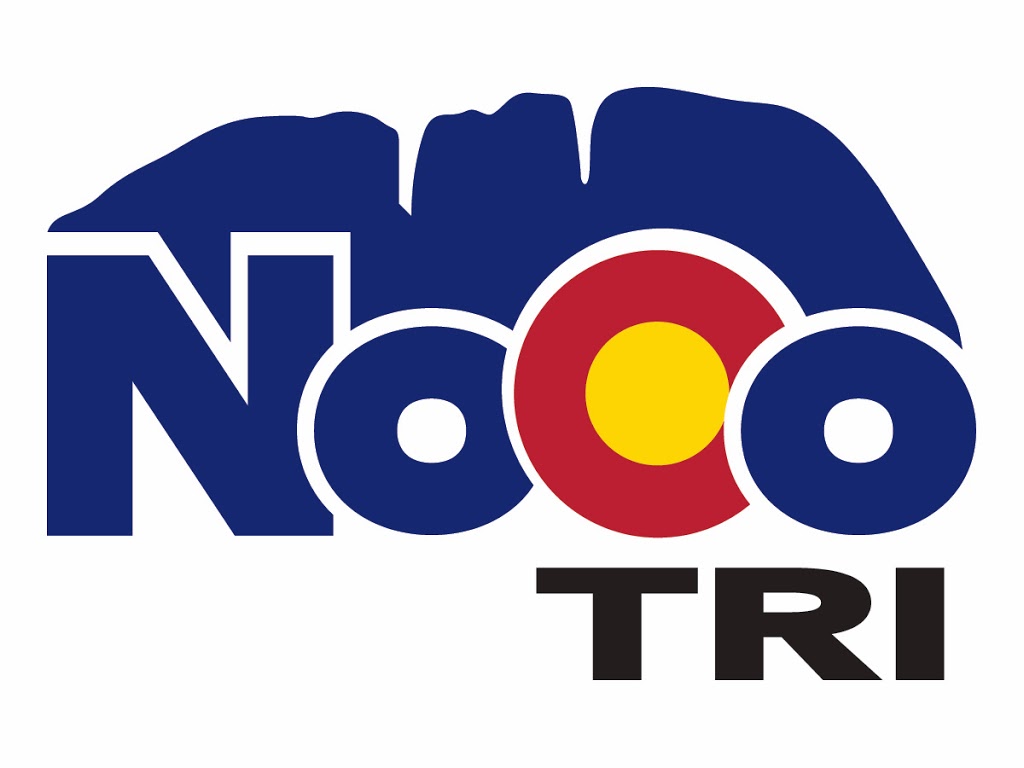Often times as a coach, I hear athletes state "I want to get faster but I don't know what to do". One of the easiest thing you can do is to identify your strengths and weaknesses (limiters) in the sports you do.
A Romanian sports scientist Tudor Bompa, Ph.D., did some of the early work on periodization and has shared his findings in a great book called. "The Theory and Methodology of Training". Joe Friel, has simplified things for the everyday athlete to easily understand and calls it "The Training Triad". You can read in more detail about this in one of his books, "Total Heart Rate Training", but here are the basics to get you started.
He states that in any sport, there are six physical abilities related to performance: Endurance, Force, Speed Skill, Muscular Endurance, Anaerobic Endurance and Power. He further states that endurance, force and speed skill are the "basic abilities" and muscular endurance, anaerobic endurance and power are the "advanced abilities". Athletes regardless of sport will need to develop their basic abilities to their full potential before the advanced abilities can be developed fully. The reason for this is to develop your muscular endurance fully you need both endurance and force. Anaerobic endurance requires endurance and speed skill while power requires force and speed skill. Beginner athletes will stand to gain the most by just working on the basic skills while a more seasoned athlete can devote time to the advanced abilities to improve performance as long as the basic abilities are maintained.
Identifying your limiters and subsequently learning how to train for them is a key ingredient to getting faster. This will make setting up your training plan whether self coached or using a coach a bit easier because you will know exactly what you need to work on. Make time to do your homework and you will be on your way to getting faster.
Train smart, race fast!
Coach Eric












